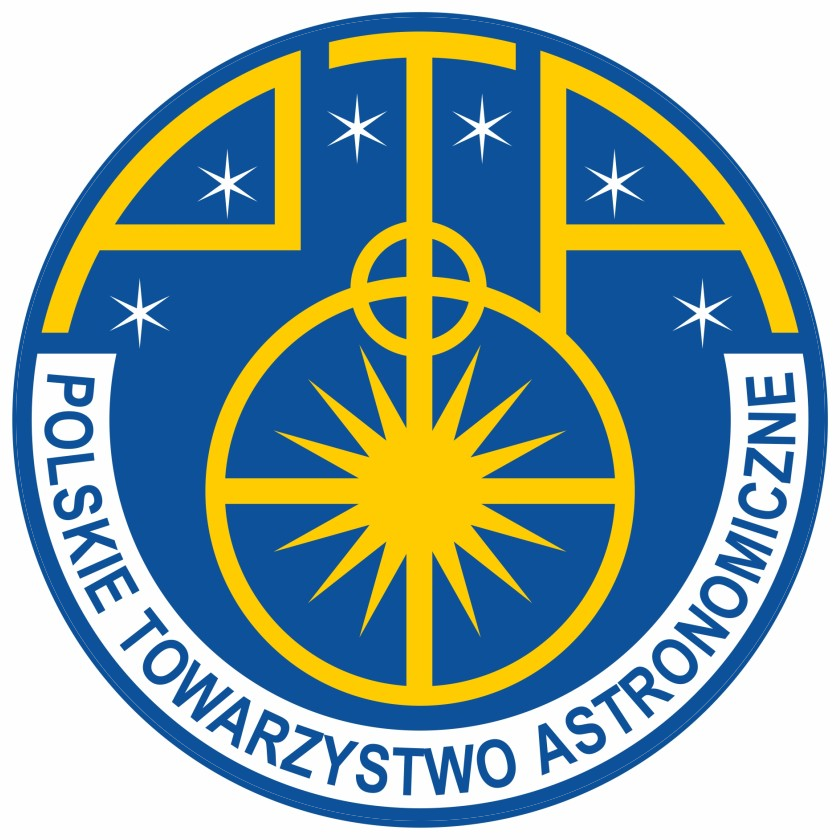Michał Drahus
Obserwatorium Astronomiczne Uniwersytetu Jagiellońskiego
Sesja VIII: Programy instrumentalne
Piątek 15.09.2023 10:30 – 10:45
abstrakt:
The advent of standardized small satellites called CubeSats has made astronomical research from space more accessible than ever before. Our ERC-funded project HYADES (HYdrogen And DEuterium Survey) directly derives from the vast research possibilities offered by this platform, and aims at the construction of a miniature UV space telescope designed specifically to detect hydrogen and deuterium around comets and asteroids through the ultra-luminous Lyman alpha transition. Thanks to the unparalleled sensitivity to these atoms, the envisioned satellite will provide definite answers to some of the most profound problems of the near Universe. First, it will enable ultra-sensitive investigation of future interstellar objects passing through the Solar System in search of their hydrogen clouds, with direct implications to our understanding of orbital anomalies in the absence of detectable dust, such as seen in ‘Oumuamua, as well as their physical nature in general. Second, the satellite will allow for deep investigation of hydrogen content around main-belt comets, probing water-ice outgassing from these bodies with a better sensitivity than the best present-day limits. The high level of sensitivity will be routinely achieved for all known objects of this class, including new main-belt comets discovered by LSST, transforming our knowledge of the ice reservoir in the outer Main Belt. Finally, the satellite will provide homogeneous, model-independent and self-consistent measurements of the D/H ratio for dozens of comets from different dynamical classes down to 12 mag of total brightness, which is a factor-of-hundred improvement in sensitivity over the state-of-the-art methods and a major leap in measurement reliability. The D/H
measurements will ultimately resolve the puzzle of cometary origin of water on Earth, and unveil the link between present-day cometary reservoirs and their original place of formation in the solar nebula.
